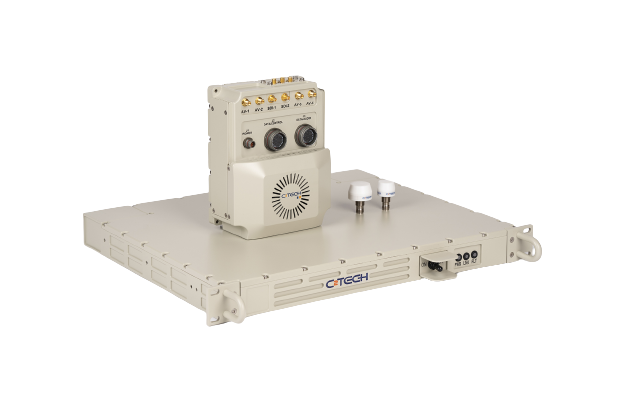
GÖKTÜRK RENEWAL (GÖKTÜRK-Y)
EARTH OBSERVATION SATELLITE SYSTEM
THERMAL STRUCTURAL DUMMY EQUIPMENT DEVELOPMENT PROJECT
The GÖKTÜRK Earth Observation Satellite System Development (GÖKTÜRK-Y) Project involves the verification and manufacturing activities of structural and thermal model equipment. The tender for the dummy models of the equipment to be integrated was won by CTech. In this context, CTech produced the STM equipment for the GÖKTÜRK-Y satellite, which included for the mechanical and thermal design activities of a total of 31 different equipment. A total of 77 equipment to be used in the thermal structural and qualification model of GÖKTÜRK-Y satellite were manufactured by CTech to be suitable for the vacuum environment.
In the design of the dummy equipment, requirements such as weight, center of gravity, and moment of inertia are meticulously met. Structural analyses confirm the dummy equipment’s resilience to the environmental effects, including vibration and acceleration. Additionally, thermal analysis ensures that the dummy equipment possesses the same thermal properties as the original equipment.



































